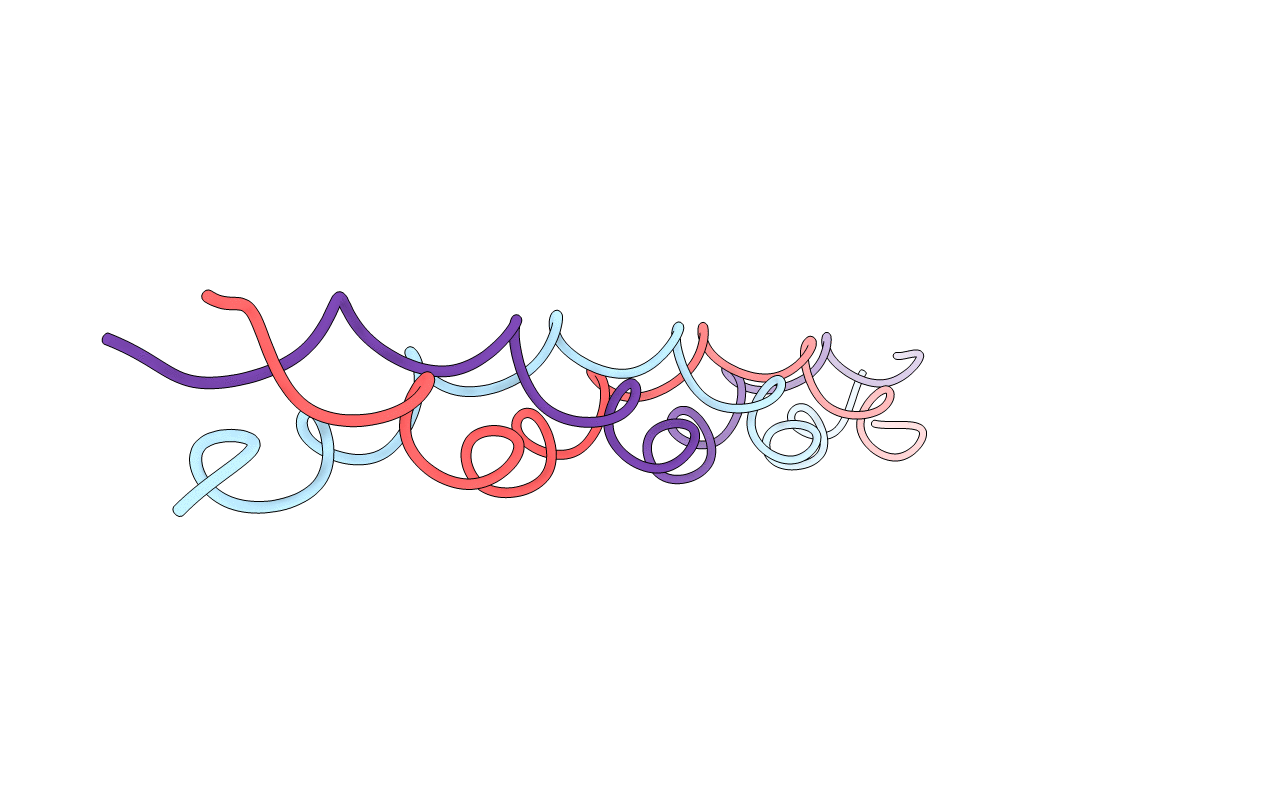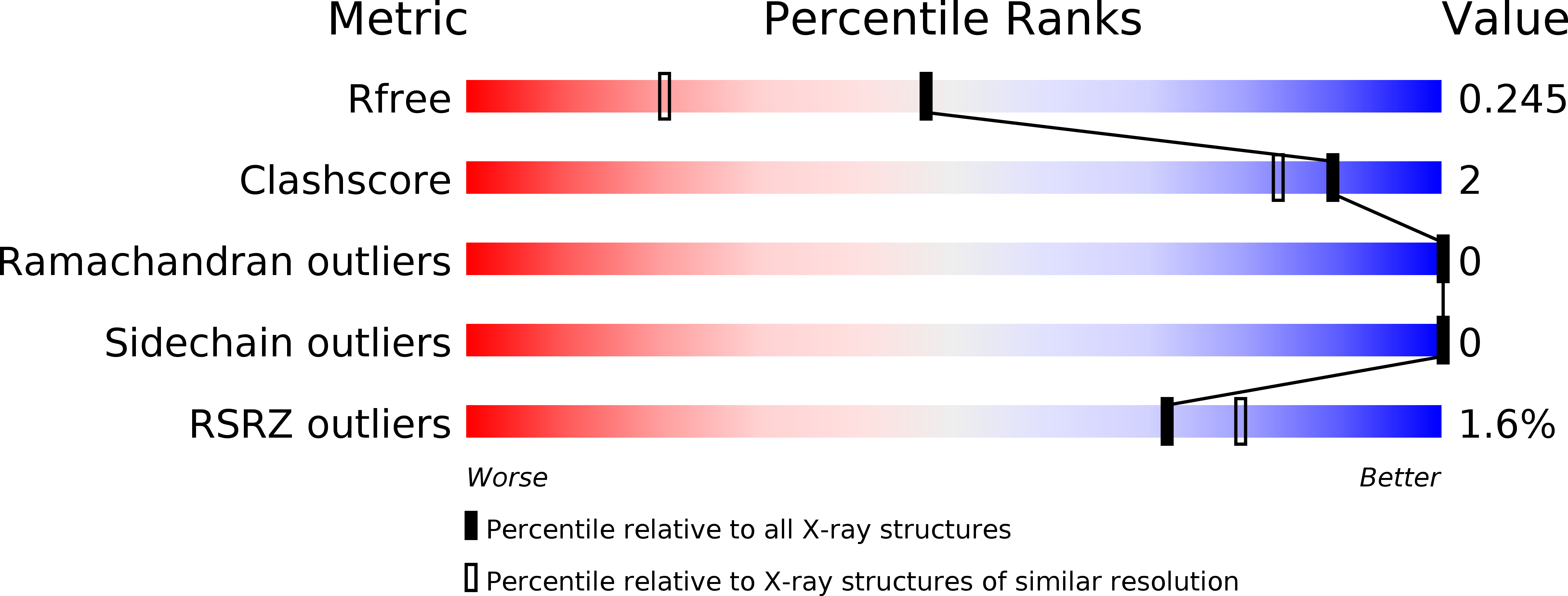
Deposition Date
1999-06-23
Release Date
2000-08-30
Last Version Date
2025-03-26
Entry Detail
PDB ID:
1QSU
Keywords:
Title:
CRYSTAL STRUCTURE OF THE TRIPLE-HELICAL COLLAGEN-LIKE PEPTIDE, (PRO-HYP-GLY)4-GLU-LYS-GLY(PRO-HYP-GLY)5
Biological Source:
Source Organism:
Method Details:
Experimental Method:
Resolution:
1.75 Å
R-Value Free:
0.22
R-Value Work:
0.18
Space Group:
P 1 21 1


